Mohs Micrographic Surgery has been available since 1991. This procedure, though appropriate for almost all skin cancer, is the treatment of choice for patient’s with large or poorly defined basal or squamous cell carcinomas as well as for most of the face, finger, and skin regions. Your patients can have the best treatment modality for skin cancer cases with acceptance of most insurances, thereby alleviating the high cost normally associated with this procedure.
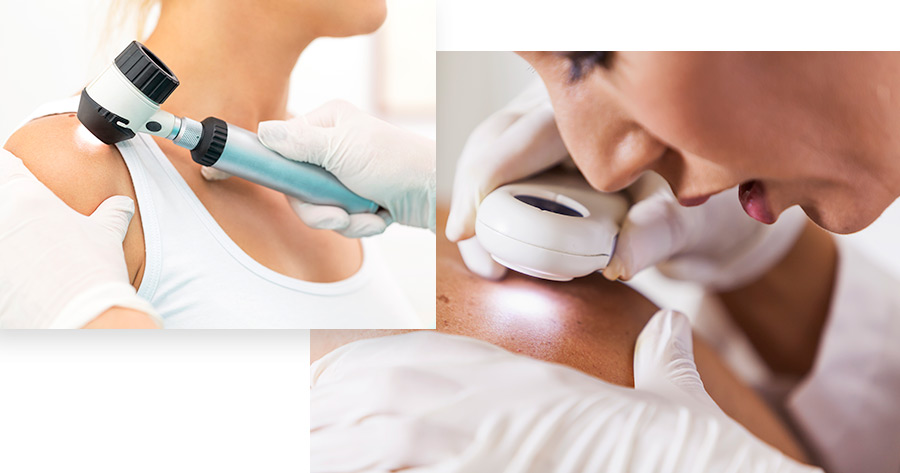
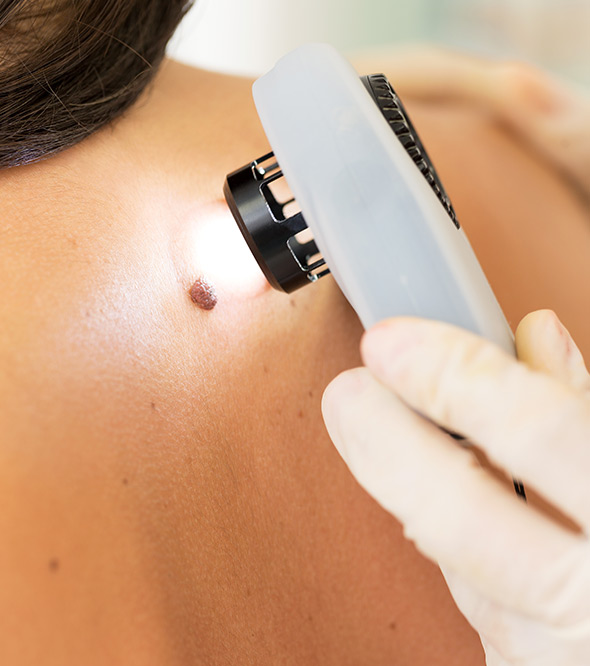
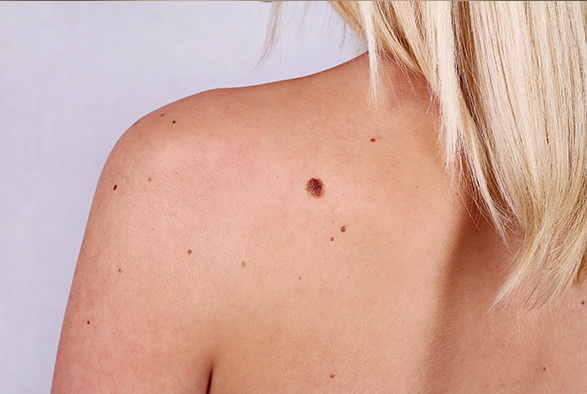
Mohs micrographic surgery is named in honor of the physician who developed the basic technique, Dr. Frederic Mohs. You may hear it called Mohs surgery, microscopically controlled surgery, chemosurgery, or histographic surgery-it’s all the same.
Mohs Micrographic Surgery is now universally recognized as the most precise method for treating skin cancers. It is especially effective in cancers of the face or in other cosmetically sensitive areas, because it can eliminate virtually all cancer cells while causing minimal damage to the surrounding normal skin.
Mohs Micrographic Surgery is also ideal for the removal of recurrent skin cancers-tumors that reappear after treatment and can plague a patient repeatedly. While skin cancers are easily visible to the patient, individual cancer cells are microscopic and any cells left behind can cause the tumor to reappear. The tumor may spread beyond its obvious external margins, with “nests” of cells growing in unpredictable areas.
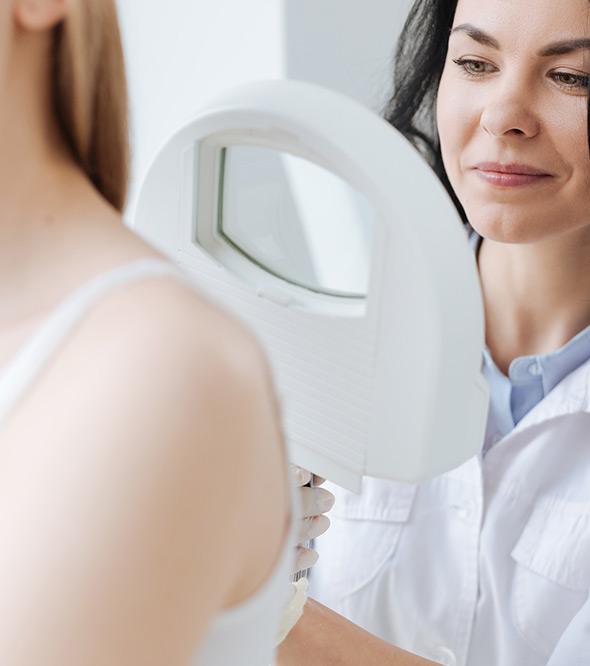
Mohs Micrographic Surgery is a technically demanding procedure; it is also highly cost effective, because fewer return visits to the dermatologist’s office are needed for treatment of a recurring lesion. At Advanced Dermatology P.C. and The Center for Laser and Cosmetic Surgery we accept most insurances for this procedure including HMOs, PPOs, & Medicare.
The technique produces the smallest possible wound in the removal of any given tumor. The smaller the wound, the greater are the chances for good cosmetic result after the wound has completely healed. This is particularly important on the face, where a good appearance after surgery is usually of concern to the patient. The cure rate for a primary lesion is 99% in some studies and over 95% for recurrent lesions. Tumors can almost always be totally removed in one treatment session.
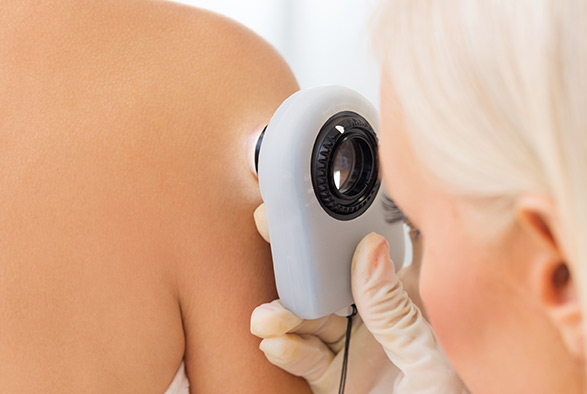
The main difference between micrographic surgery and other methods of removing skin lesions is microscopic control. In Mohs surgery multiple thin, horizontal layers of the cancer are removed, allowing the viewing of the entire border-all the deep and lateral margins continuously. The surgical removal proceeds along a grid pattern, with each layer carefully identified and “mapped” with special dyes by the Mohs surgeon so that its exact location can be pinpointed on the wound, (see picture).
This illustration shows the difference between Mohs Micrographic Surgery, with lateral and horizontal sectioning or “mapping”, and; traditional/vertical sectioning. As you can see, traditional sectioning can sometimes leave “nests” of cancer cells behind, allowing the cancer to remain growing. With the Mohs technique, the cancer would be detected and cured.
When cancer cells are seen within the specimen’s margin, the surgeon continues to remove and examine tissue layers only from that section of the wound-not requiring re-excision of the entire specimen. This process continues until all the cancer cells are completely eradicated. In addition, since only the cancerous tissue is removed, this saves as much normal skin as possible.
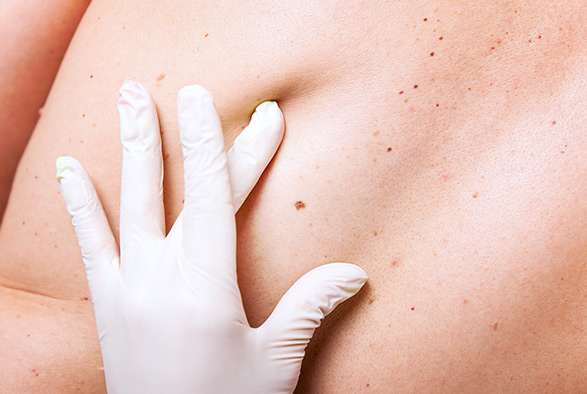
Mohs Micrographic Surgery is performed on an outpatient basis in one of our surgery suites with a local anesthetic administered by the tumor. Before and after Mohs skin cancer surgery results show that surgery usually begins early in the morning and is completed within several hours. However, if the tumor is extensive, it may require most of the day.
The laboratory preparation and examination under the microscope, all performed in our onsite laboratory, are the most time consuming parts of the procedure. While waiting for the lab results, a temporary dressing is applied.
Periodic visits to your regular dermatologist are recommended to check on your progress and spot any possible cancer recurrence as soon as possible. One of five patients with one skin cancer will develop another within five years, so follow-up is extremely important for early detection of any new lesions.
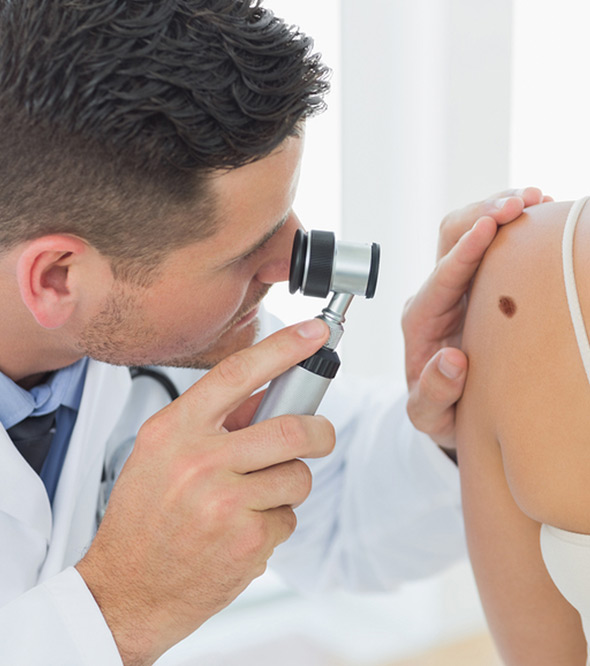
Mohs Surgery is performed only by a Mohs Micrographic Surgeon; a dermatologist with at least a year of additional intensive training in all aspects of the technique, at an accredited program and who has performed hundreds of cases.
Mohs Micrographic Surgeon (Board Certified Dermatologist with specialized training in Mohs Surgery and Reconstructive Surgery from an accredited Fellowship Program)
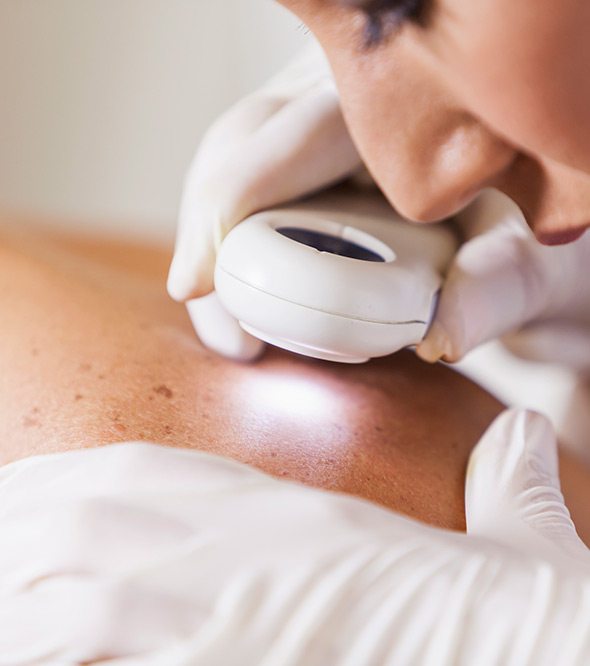
During this fresh tissue technique, layers of skin containing the skin cancer are progressively removed and examined until only cancer-free tissue remains. Doctors mark the area of clinically recognizable tumor and numb the area to be excised with local anesthetic. The tissue is surgically removed, divided, and marked with reference points on the patient. Specimens are then labeled with dyes that allow the surgeon to correlate the tissue seen on microscopic slides.
Specialized technicians at the surgery site then produce frozen section slides of the removed tissue that is microscopically analyzed by the surgeon. If any tumor remains in the resection tissue, the surgeon knows that the tumor is still in the patient. The patient then returns to the operating room for removal of another thin segment of tissue, which saves the patient from getting a big scar.
Traditional sectioning can sometimes leave “nests” of cancer cells behind, allowing the cancer to remain and grow. With Mohs’ mapping, the cancer would be detected and cured. According to studies by the Mayo Clinic and other institutions, Mohs skin cancer surgery provides five-year cure rates exceeding 99 percent for new cancers, and 95 percent for recurrent cancers.
Receive skincare tips, news and special offers!